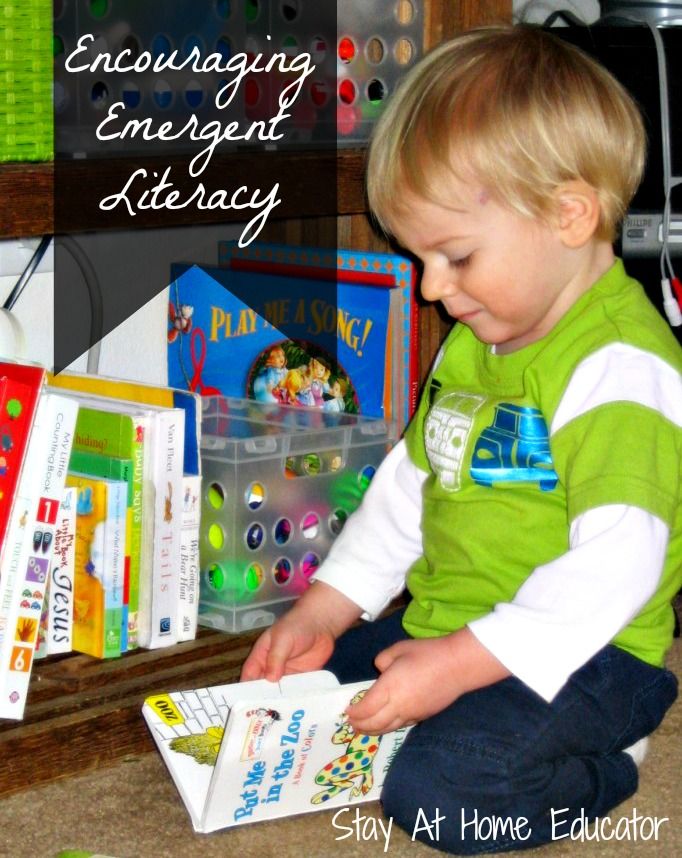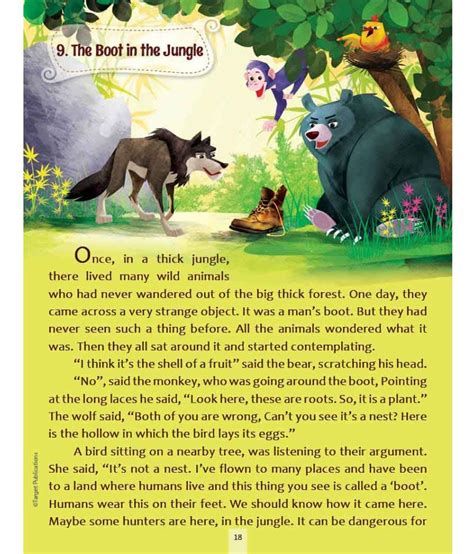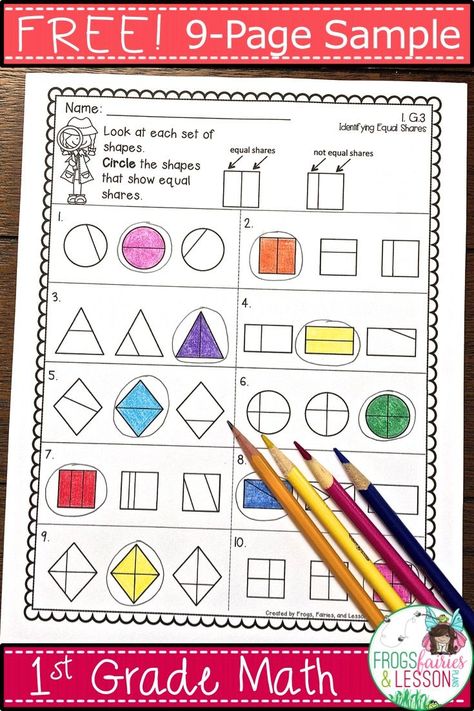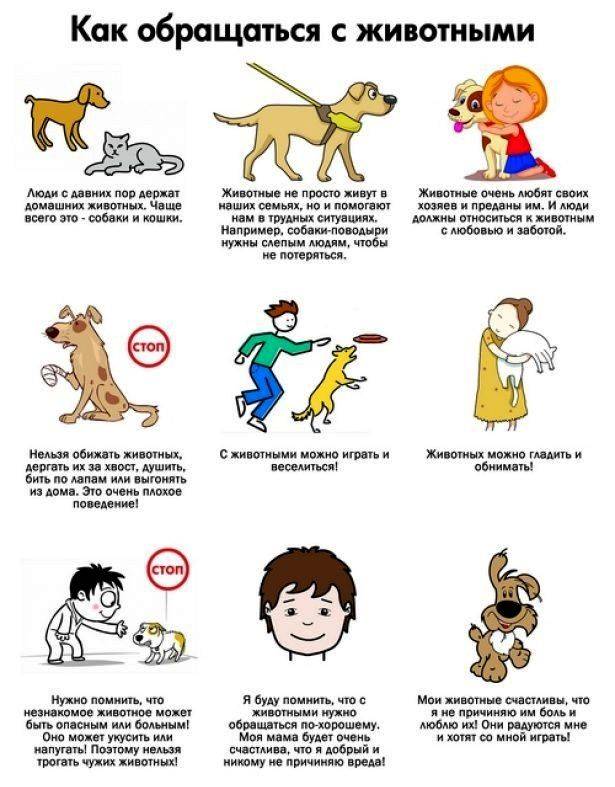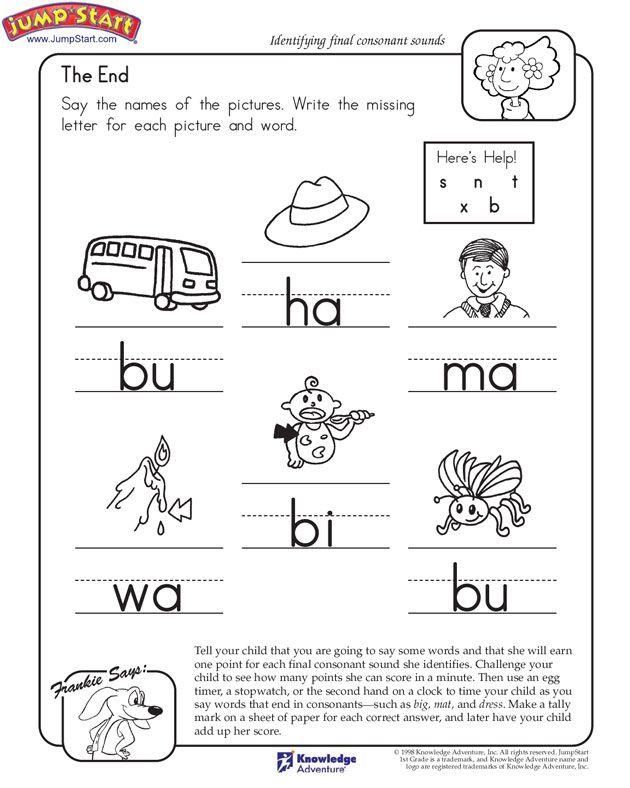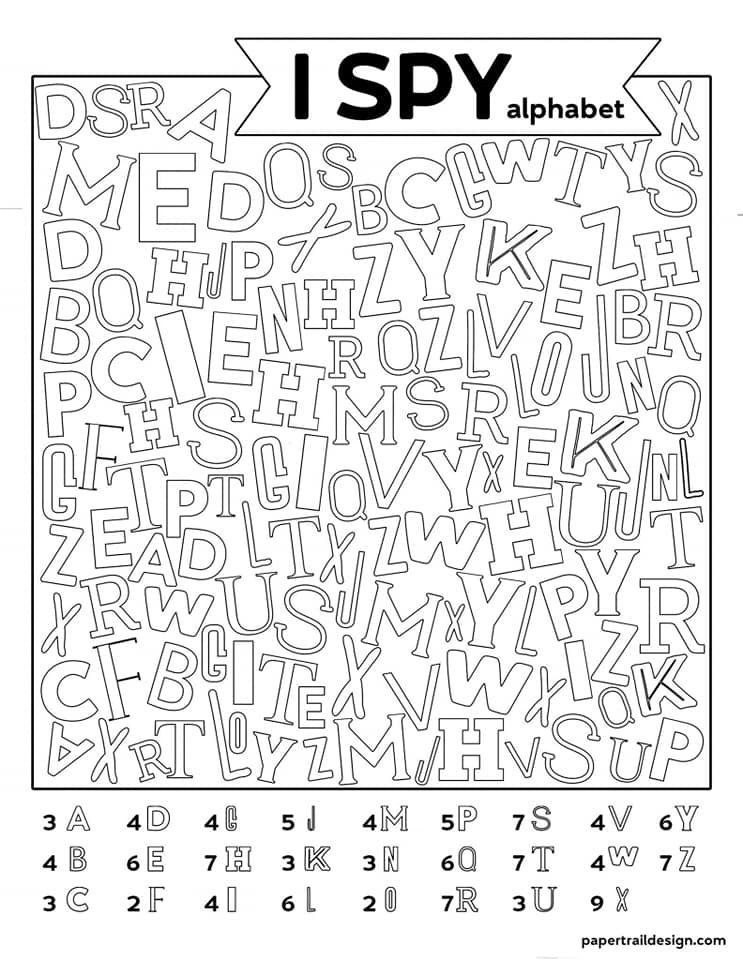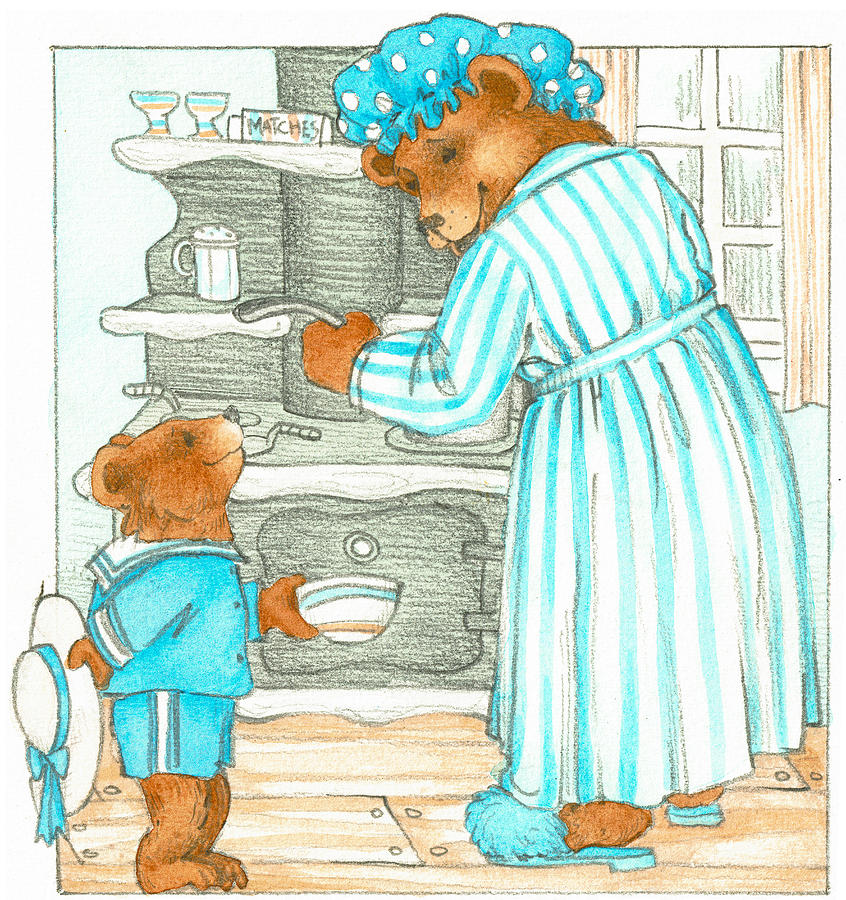Emergent literacy skills
Emergent Literacy | ECLKC
Although language and literacy are two different skills, they are closely related. Language is the ability to both use and understand spoken words or signs. It is all about ideas passing from one person to another. Literacy is the ability to use and understand written words or symbols to communicate. Language and literacy learning begins prenatally! The child begins to learn the sounds and rhythms of his or her home language in the womb and can begin a love of reading by being read to as a newborn.
Emergent literacy has been defined as "those behaviors shown by very young children as they begin to respond to and approximate reading and writing acts." However, literacy goes beyond reading and writing. It encompasses "the interrelatedness of language: speaking, listening, reading, writing, and viewing."
There are many ways for young children, including infants and toddlers, to engage with books:
- Holding, tasting, and turning the pages
- Having an adult hold the child while reading a book
- Pointing to and talking about the pictures
- Inviting the child to finish or join in saying repetitive phrases
- Asking questions
Near the end of the first year of life, children begin to understand that pictures represent real objects and understand the meaning of about 50 words. By 18 months, the child knows 1,800 words and, given exposure to rich language and literacy experiences, is rapidly learning new words every day.
Daily reading to a child, or even telling little nursery rhymes from birth, significantly improves a child's ability to read and write.
How To
You support emergent language and literacy by supporting families in:
- Maintaining and passing on their home language to their children, which helps children connect to their families and have a strong, positive cultural identity of their own
- It is easier for children to become fluent English speakers if they have a solid foundation in their home language
- The young brain is fertile ground for learning two or more languages at once
- Using "parent-ese," talking to an infant with slower speech and exaggerated vowel sounds, to help the baby figure out the sounds of his or her home language (e.g., "mmaaaammaaaa")
- Directing a toddler's interest to a sound in the environment (e.
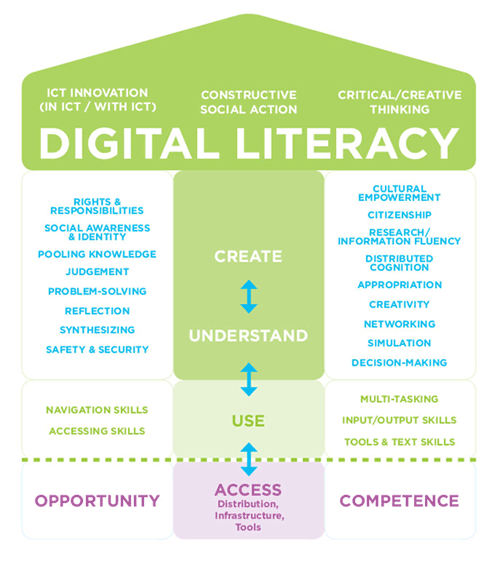 g., "Listen, that's mama's phone ringing.") or pointing a toddler's attention to a word that has the same beginning sound as her name (e.g., "Do you hear the sound of banana? Ba, banana. Ba. It sounds like your name, Bai.")
g., "Listen, that's mama's phone ringing.") or pointing a toddler's attention to a word that has the same beginning sound as her name (e.g., "Do you hear the sound of banana? Ba, banana. Ba. It sounds like your name, Bai.") - Responding appropriately to infants' coos, gestures, and body movements and all the ways infants and toddlers communicate before they use language
- For example, when an 8-month-old points to something, look at what the baby points to. These are the beginnings of conversation!
- Describing what the child is doing (e.g., "Sarah can't take her eyes off of you while she's breastfeeding.")
- Adding elaborations to the words children say; for example:
- If a toddler points and says "truck," the parents might extend this by saying, "Yes, that is a garbage truck emptying our dumpster," or, "I think you hear the sirens of the fire truck."
- Talking directly to children from early infancy about what they see or experience (e.
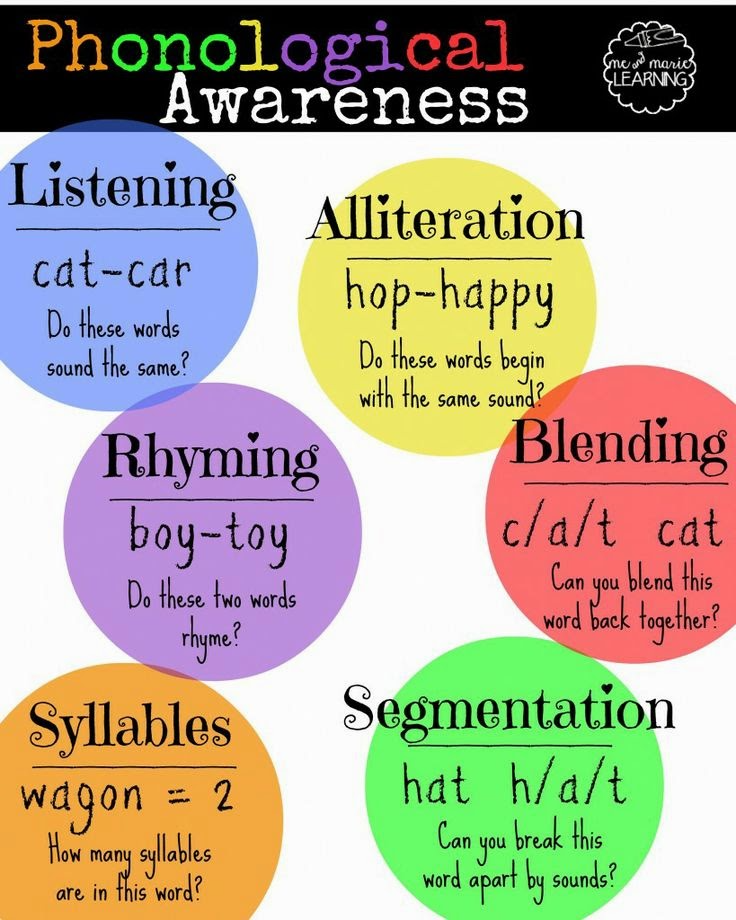 g., "You're looking at me. Yes! A smile. I love your smile. A smile for Daddy.")
g., "You're looking at me. Yes! A smile. I love your smile. A smile for Daddy.") - Talking about things you are doing (e.g., "I'm making a sandwich. First, I'll wash my hands. Then, I'll get out the bread.")
- Reading and sharing stories with young children
- Engaging young children in learning vocabulary by using rich language to talk about the pictures and stories in a book, asking questions while reading, and pointing to pictures as parents describe them; for example:
- "That baby is smiling. Can you touch his mouth? He's happy."
- "What's going to happen to the next monkey jumping on the bed?"
- Pointing out familiar icons, such as a stop sign or the name on the grocery store, as well as shapes, colors, and letters in the environment
- Pointing out written words that have meanings to toddlers, such as their names and the names of family members
- Counting fingers and saying rhymes during handwashing; thus, you have touched on a healthy behavior and layered it with literacy and math
- Following a recipe and reading it out loud
- Providing markers and crayons for making the most of everyday writing, such helping to "write" grocery lists, thank you notes, etc.

- Visiting the library, getting library cards, and attending a toddler's reading experience
Adapted from News You Can Use: Foundations of School Readiness: Language and Literacy.
Emergent Literacy: Experience It
In this clip, a mother and baby look through a book together, naming objects and turning pages. The home visitor sits nearby, coaching and supporting the mother as she and the child enjoy the book together.
Emergent Literacy: Infants
Download the video[MP4, 36MB] Download the transcript
View the transcript
Open Doors
Chapter 8c: Emergent Literacy Experience It
Mom: What is that?
Michael: Bird.
Mom: Bird.
Michael: Owl.
Mom: Owl. Soft.
Michael: Dad!
Mom: Look.
Michael: Bird.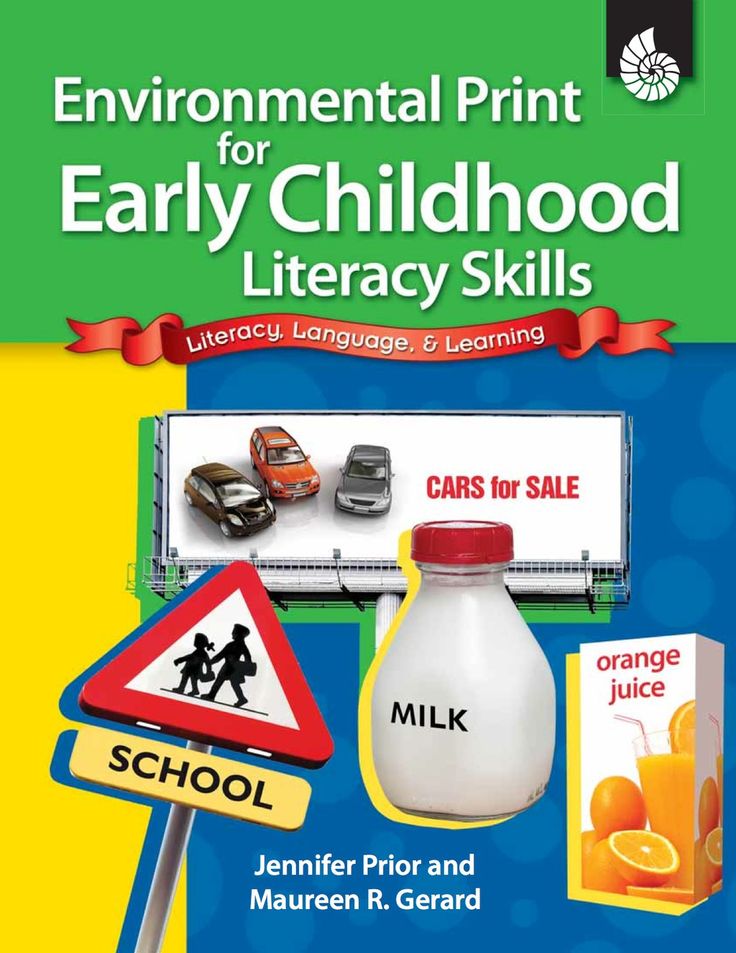 Mom! Eh.
Mom! Eh.
Mom: That's a bird.
Home Visitor: That's a bird.
Home Visitor: Mom will read it. You want Mom to read it?
Mom: Bird.
Home Visitor: Oh, look at the bird.
Mom: [gasp] Green.
Michael: Oh.
Michael: Eh.
Mom: Frog.
Michael: Eh. Eh.
Mom: Bird.
Home Visitor: It's a touch-and-feel, so he can feel the texture.
Michael: Bug!
Mom: Bug, ladybug. Soft. Red. Creature. [gasp] Ew, look at this. Hard.
Michael: Bird.
Mom: Butterfly.
Michael: Eh. Eh.
Mom: Look, it's hard. Hard crab.
Home Visitor: And just having him repeat that. "Do you know that one?"
Michael: Fly!
Mom: Michael.
Michael: Fly!
Home Visitor: No! Crab.
Michael: Fly!
Mom: Say, "crab." Michael too, crab. Look! Kangaroo. Soft. Michael, too. Say "soft kangaroo."
Home Visitor: Wow! It's a kangaroo. Yeah, soft.
Mom: Say "soft".
Michael: Eh.
Mom: Bear. Brown bear. There's the bird.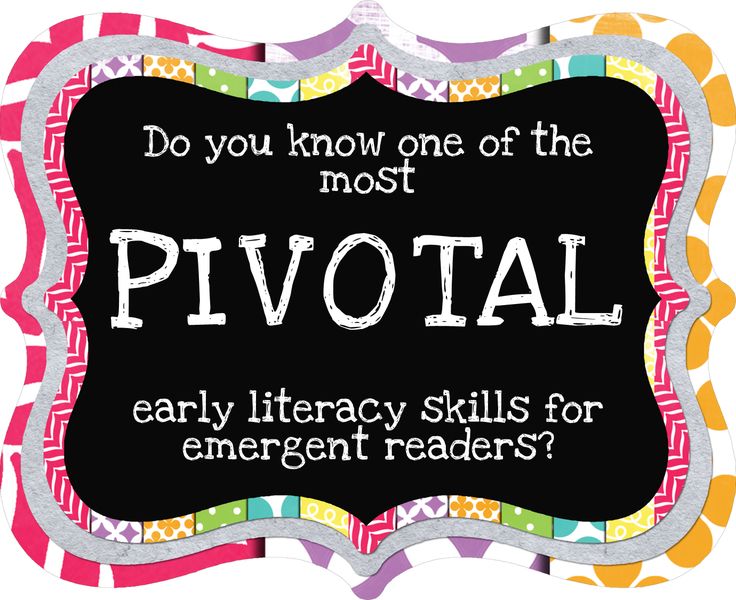 Fish. Yellow. A yellow fish. Look right there. I'll show you another one. Look, rough. Wrinkly. Wrinkly. Flamingo! Piglets. Where's the piglets? That's a dolphin. You remember watching the dolphin last night? Dolphin. Say "rhinoceros". Wrinkly rhinoceros.
Fish. Yellow. A yellow fish. Look right there. I'll show you another one. Look, rough. Wrinkly. Wrinkly. Flamingo! Piglets. Where's the piglets? That's a dolphin. You remember watching the dolphin last night? Dolphin. Say "rhinoceros". Wrinkly rhinoceros.
Michael: Eh.
Mom: Where's the mouse? Say "mouse."
Michael: Where?
Mom: "Mouse."
Michael: Eh.
Mom: "Mouse." Say "pig."
Michael: Pig.
Mom: Pigs. Piglets. One more. One more.
Michael: One!
Mom: Say "black and white". Soft. Zebra. Silky zebra.
Home Visitor: Zebra! Wow! Let me try feeling that. Ooh, soft.
Michael: Eh.
Mom: Tail. Smooth.
Michael: Wow!
Mom: Kangaroo.
Michael: Ooh.
Mom: Kangaroo.
Home Visitor: Kangaroo. Does he like to do rhymes and --?
Michael: Bye.
Home Visitor: Or you've tried that?
Mom: Not really. I never tried that.
Home Visitor: Would you want to try like every -- [Sneeze] Ooh! Bless you.
Mom: Bless you.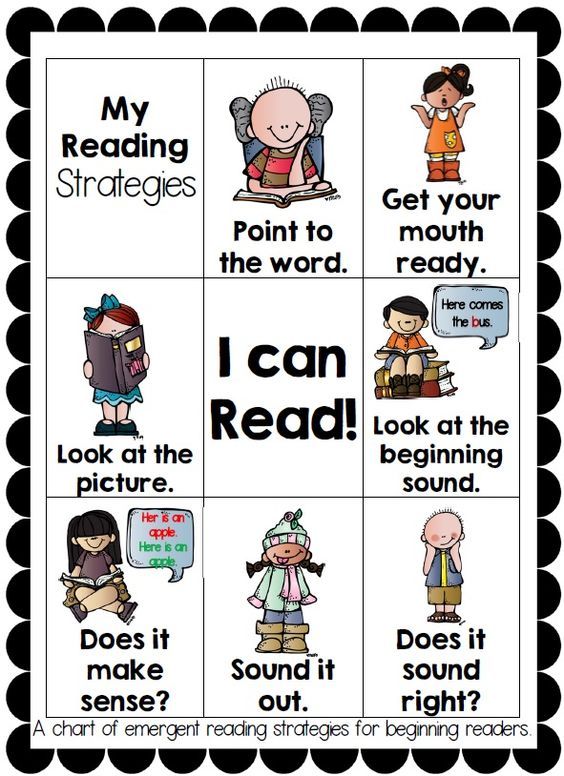
Michael: Eh.
Home Visitor: And that would help out with his speech, too. And repeating over, like in a week, and see how he's doing, that would be a good --
Mom: Yeah.
Home Visitor: Like even short little rhymes or songs or --
Mom: Kangaroo.
Home Visitor: And even have them like posted on the wall and just that would be a good --
Mom: Say "zebra."
Home Visitor: Even like while you're cooking, you just sing to him more.
Mom: I usually try to let him sing the ABCs with me, but --
Michael: [gasp] Wow!
Mom: He only says a couple and run away.
Home Visitor: Oh. I mean, even if you just sing it and maybe he can catch on.
Mom: Where's the kangaroo?
Michael: Hmm?
Mom: Kangaroo.
Michael: Hmm?
Mom: Zebra.
Michael: Eh.
Mom: Zebra. Kangaroo! The same page. Kangaroo.
Michael: Hi.
Home Visitor: Kangaroo.
Michael: [Laughs]
Close
Reflections
What do you observe?
Answers may include:
- Mother and baby are holding the book.
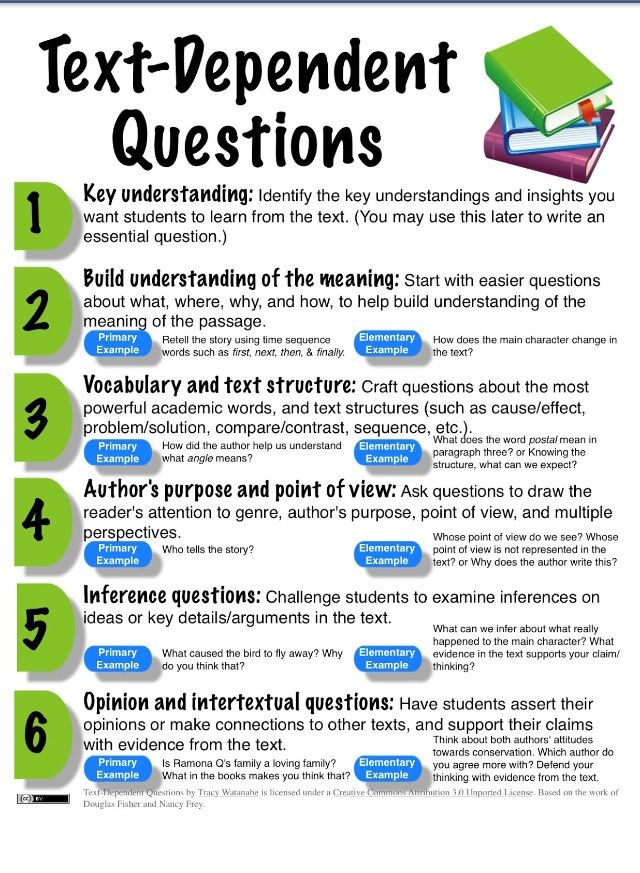
- Baby is pointing at objects in the book and turning the pages.
- Mother is saying what is on the page and baby is making sounds.
- Baby is on the mother's lap. He briefly climbs off her lap, then back on.
- The home visitor is sitting at the side.
- At one point, the baby looks at the home visitor and says something, and the home visitor says, "Kangaroo."
- The home visitor is coaching the mother about the child's language development, talking about repeating words and how children learn.
- Mother asks the baby where the kangaroo is. He turns a page, and the mother says, "Zebra."
- Baby puts the book on his head and laughs.
What does the mother do to support the child's emergent literacy?
Answers may include:
- She follows his lead, letting him do what he wants with the book, such as turning pages and putting it on his head.
- She says the words he points to rather than reading the book straight through.
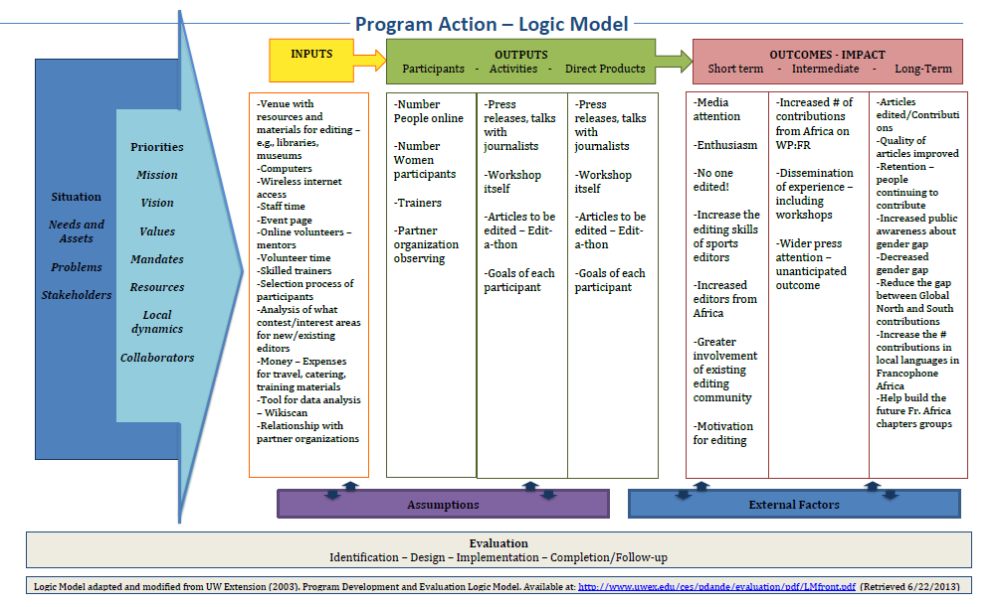
- She holds him on her lap so they are experiencing physical closeness.
- Mother repeats the words more than once: "Kangaroo, kangaroo; zebra, zebra."
What does the home visitor do to support the continuation of the activity? What does she do to enhance the parent-child relationship?
Answers may include:
- She uses a positive tone.
- She describes and comments on what the parent is doing specifically rather than just saying, "Good job."
- She talks to the mother and credits her for the accomplishments of her son.
- She sits nearby but lets the mother guide the reading activity.
- The home visitor coaches the mother on some things she could try to enhance her child's speech.
What is the child learning from this experience?
Answers may include:
- Perceptual, Motor, and Physical Development
- Eye-hand coordination
- Fine motor skills (e.g., turning pages, pointing)
- Gross motor skills (e.
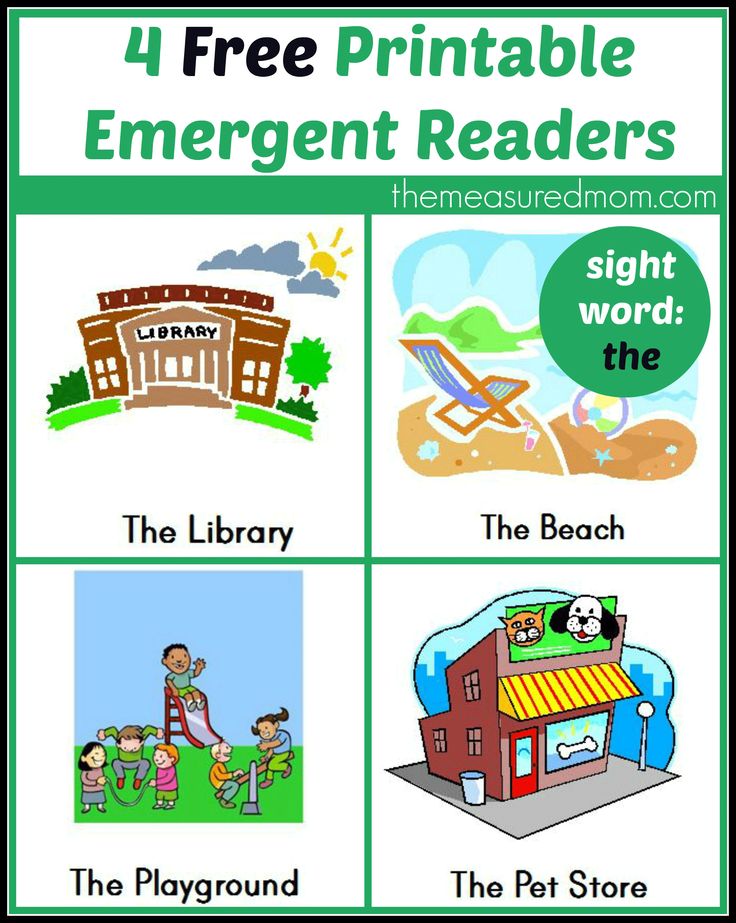 g., climbing up and down from Mom's lap).
g., climbing up and down from Mom's lap).
- Social and Emotional Development
- Self-esteem from his successes and acknowledgement from others
- Taking pleasure in his own activity and sharing it with both his mother and the home visitor
- Approaches to Learning
- Self-regulation and persistence (e.g., continuing to try to turn pages or name animals)
- Problem-solving (e.g., figuring out what animals are on the page)
- Attention (e.g., maintaining focus on and interest in the book)
- Language and Literacy
- Receptive language (e.g., listening to his mother say the words in the book and the home visitor repeating the word for the picture he is pointing to)
- Expressive language (e.g., when his mother says the words, the child tries to repeat them, making sounds throughout the clip)
- Literacy (e.g., enjoying books, turning pages, identifying objects in the book that represent other objects (animals))
- Cognition
- Learning how objects in the book represent animals he may have seen previously
- Pointing to objects (animals) and naming them
How can you enhance your home visits based on what you have observed?
Answers may include:
- Various reflections
See a home visitor demonstrating how to identify an object in the book and find the matching object on the floor.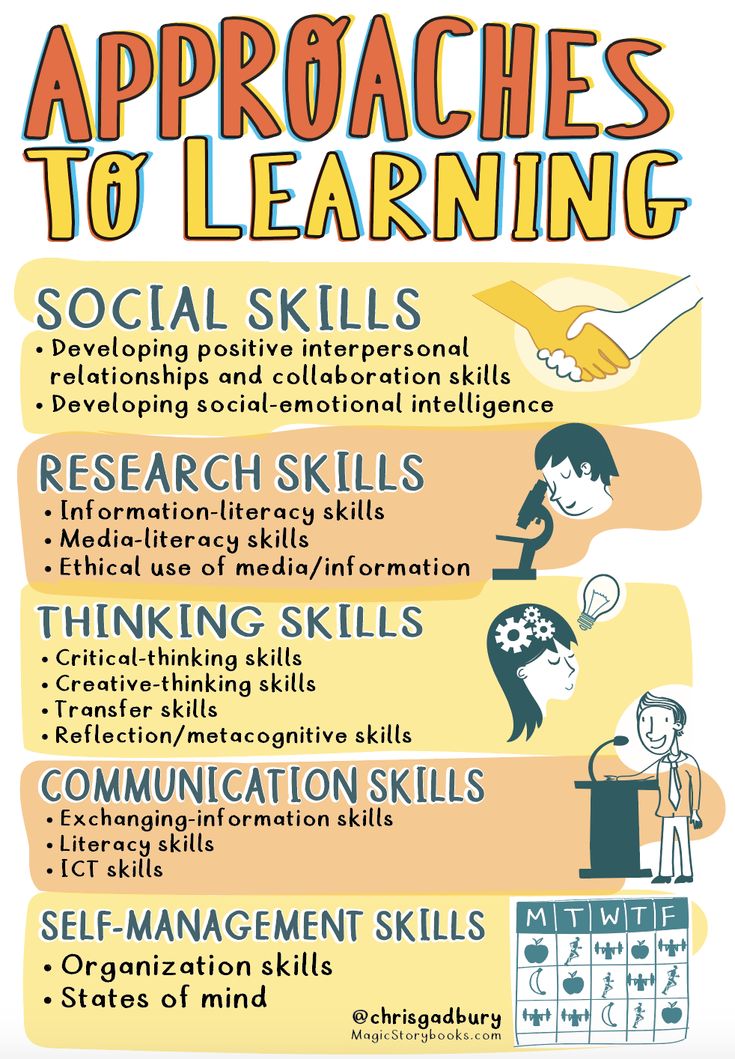 Best practice suggests the parent should read the book. Notice how the home visitor turns the book over to the mother so she can promote her child's emergent literacy.
Best practice suggests the parent should read the book. Notice how the home visitor turns the book over to the mother so she can promote her child's emergent literacy.
Emergent Literacy: Toddlers/Preschoolers
Download the video[MP4, 4.3MB] Download the transcript
View the transcript
Open Doors
Chapter 8d: Emergent Literacy Experience It
Home Visitor: Let me see what else we can find in our alphabet book. Wow! Let's see. Does Mommy see anything? Maybe, Mommy can like point out something for us to find in our alphabet book that we see down here.
Mom: Well, I see one on the last page, an eggplant.
Home Visitor: Okay. You want to turn until you find something? You can pick out what we find.
Brenna: [singing] Eggs. Eggs. Eggs. Eggs. Eggs.
Mom: Brenna, can you find the eggplant?
Close
Reflections
What do you observe?
Answers may include:
- The home visitor asks what can be found in the alphabet book and then asks if the mother can find something in the alphabet book.
- Isaiah, the boy, stirs in the bowl and then picks up a plastic carrot and pretends to eat.
- Linea, the girl, points to an object in the book.
- The mother says she sees one, and the home visitor turns the book over to the mother and asks her to turn until she finds something.
- Isaiah climbs into Mom's lap and picks up a piece of plastic melon.
- Mom asks if the children can find an eggplant.
What strategies does the home visitor use to promote emergent language and literacy development?
Answers may include:
- Home visitor engages the mother directly by asking her to interact with her child and the book.
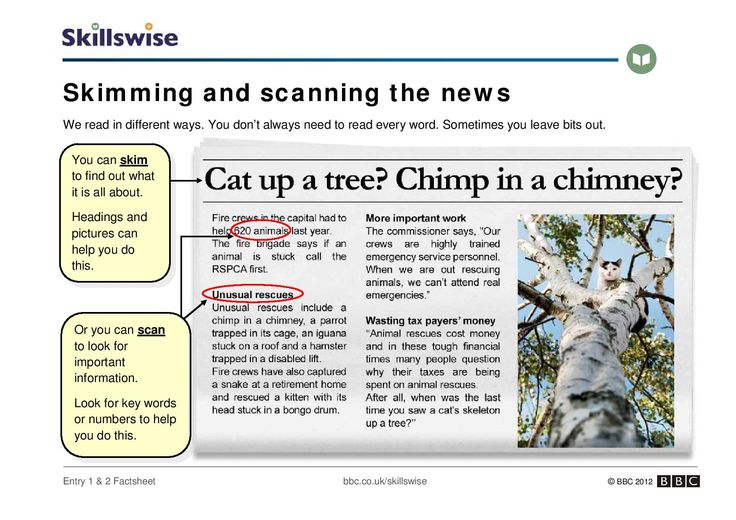
- Home visitor provides concrete objects and visual and auditory cues for the parent and child to help develop language and literacy skills.
- Home visitor models the specific language learning skill she wants the parent to communicate with her child (e.g., "Can you find something in the book [that matches a fruit or vegetable on the floor]?")
- Home visitor establishes appropriate boundaries by encouraging the mother and child to engage in the activity together.
- Home visitor encourages the mother to recreate the experience she models with her children.
- She introduces the book and book reading.
How might the home visitor achieve similar goals with materials found in the home?
Answers may include:
- Take pictures of food and other objects found in the home and make books
- Use food or other objects found in the family's home as concrete objects to match with objects found in a book
- Cut out pictures in magazines to match objects
- Identify objects in the environment
- Read the print on cereal boxes, newspapers, and magazines
- Pretend to write during pretend play (e.
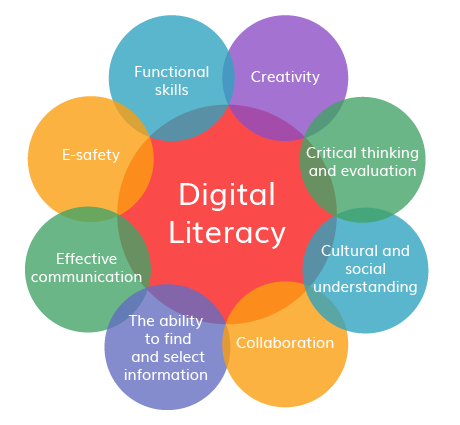 g., checks in a restaurant, invoices for purchases, to-do or shopping lists)
g., checks in a restaurant, invoices for purchases, to-do or shopping lists)
What other developmental domains do you observe?
Answers may include:
- Social and Emotional Development
- The child climbs in the mother's lap
- The mother speaks to her child gently
- One of the children smiles during the video clip
- Perceptual, Motor, and Physical Development
- They discuss vegetables and fruits
- Isaiah grasps and stirs
- Isaiah balances and climbs on Mom's lap
- Linea points, using eye-hand coordination
- Approaches to Learning
- Attention: Both children attend to the home visitor and their mother
- Curiosity: Isaiah explores the characteristics of the plastic fruit and vegetables
- Information gathering: Isaiah is learning about plastic fruit with his hands and mouth
- Cognition
- Pretend play: Isaiah uses the fruit to stir in the bowl and pretends to taste the carrot
- Connecting experiences and information: Isaiah and Linea are learning and comparing the characteristics of plastic fruit and vegetables, pictures of fruit and vegetables, and real fruits and vegetables in their experience
What other reflections do you have?
Answers may include:
- What more might you like to know about the children and family to support their development?
- What other strategies would you consider to promote language and literacy with this family?
Emergent Literacy: Learn More
News You Can Use: Foundations of School Readiness: Language and Literacy
Infants and toddlers learn about language and literacy through meaningful interactions with nurturing adults.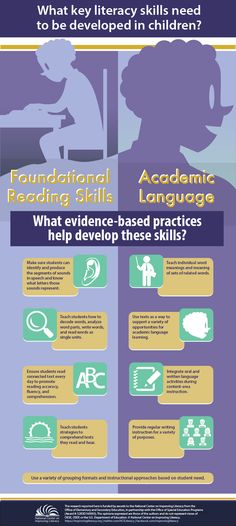 Discover strategies teachers, home visitors, and family child care providers can use to support children's emerging language and literacy skills. A study guide accompanies the resource.
Discover strategies teachers, home visitors, and family child care providers can use to support children's emerging language and literacy skills. A study guide accompanies the resource.
Emergent literacy has been defined as "those behaviors shown by very young children as they begin to respond to and approximate reading and writing acts."
Braunger, J. & Lewis, J.P. (1998) Building a Knowledge base in reading. Newark, DE: International Reading Association (p. 16).
Read more:
Home visiting, Literacy, Language and Communication
, School Readiness
Resource Type: Article
National Centers: Early Childhood Development, Teaching and Learning
Last Updated: March 18, 2022
Emergent Literacy
American Speech-Language-Hearing Association (ASHA), 2006
Emergent Literacy: Early Reading and Writing Development
Froma P. Roth, PhD, CCC-SLP
Diane R. Paul, PhD, CCC-SLP
Ann-Mari Pierotti, MA, CCC-SLP
Children start to learn language from the day they are born.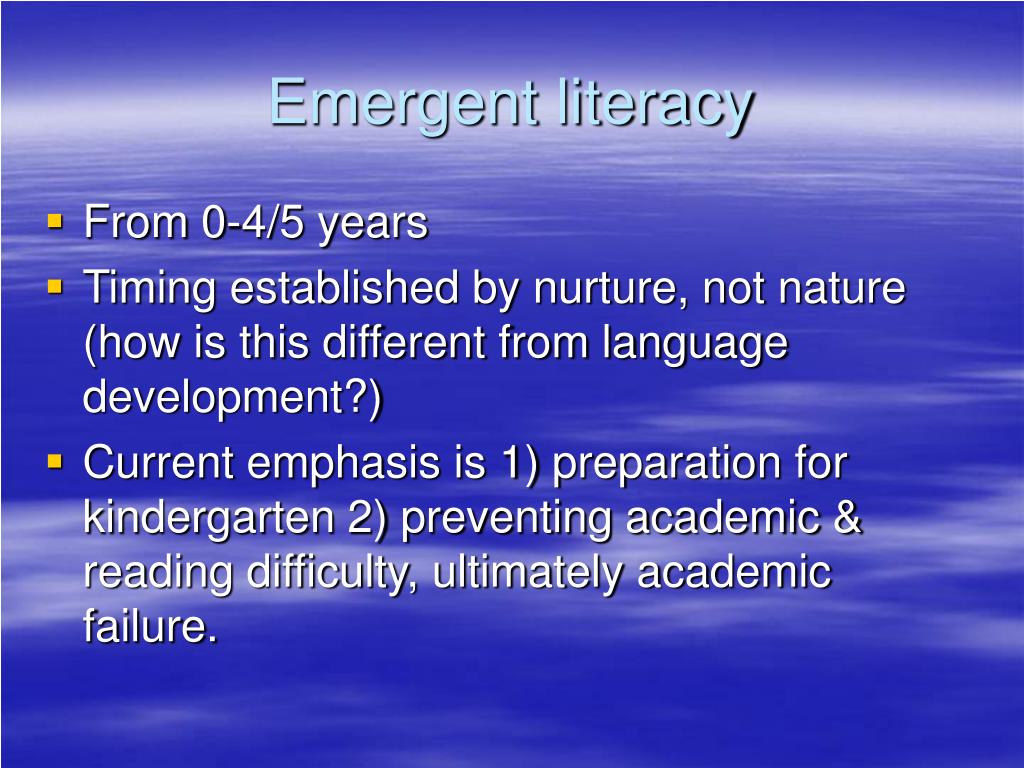 As they grow and develop, their speech and language skills become increasingly more complex. They learn to understand and use language to express their ideas, thoughts, and feelings, and to communicate with others. During early speech and language development, children learn skills that are important to the development of literacy (reading and writing). This stage, known as emergent literacy, begins at birth and continues through the preschool years. Children see and interact with print (e.g., books, magazines, grocery lists) in everyday situations (e.g., home, in preschool, and at daycare) well before they start elementary school. Parents can see their child's growing appreciation and enjoyment of print as they begin to recognize words that rhyme, scribble with crayons, point out logos and street signs, and name some letters of the alphabet. Gradually, children combine what they know about speaking and listening with what they know about print and become ready to learn to read and write.
As they grow and develop, their speech and language skills become increasingly more complex. They learn to understand and use language to express their ideas, thoughts, and feelings, and to communicate with others. During early speech and language development, children learn skills that are important to the development of literacy (reading and writing). This stage, known as emergent literacy, begins at birth and continues through the preschool years. Children see and interact with print (e.g., books, magazines, grocery lists) in everyday situations (e.g., home, in preschool, and at daycare) well before they start elementary school. Parents can see their child's growing appreciation and enjoyment of print as they begin to recognize words that rhyme, scribble with crayons, point out logos and street signs, and name some letters of the alphabet. Gradually, children combine what they know about speaking and listening with what they know about print and become ready to learn to read and write.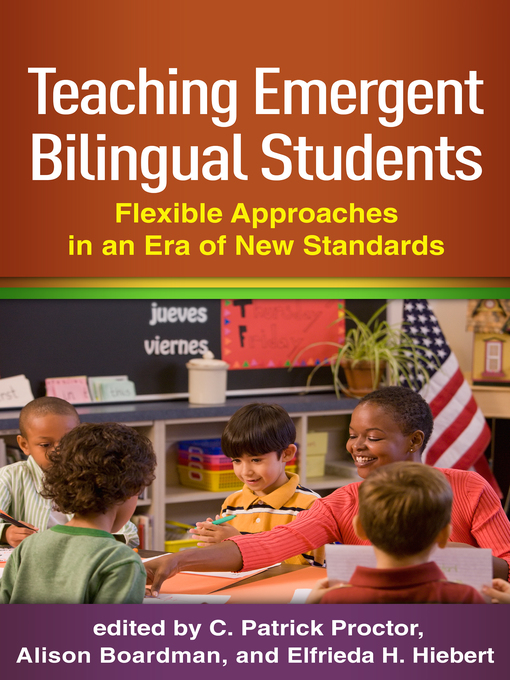
Are Spoken Language and Literacy Connected?
Yes. The experiences with talking and listening gained during the preschool period prepare children to learn to read and write during the early elementary school years. This means that children who enter school with weaker verbal abilities are much more likely to experience difficulties learning literacy skills than those who do not. One spoken language skill that is strongly connected to early reading and writing is phonological awareness-the recognition that words are made up of separate speech sounds, for example, that the word dog is composed of three sounds: d, aw, g. There are a variety of oral language activities that show children's natural development of phonological awareness, including rhyming (e.g., "cat-hat") and alliteration (e.g., "big bears bounce on beds"), and isolating sounds ("Mom, f is the first sound in the word fish"). As children playfully engage in sound play, they eventually learn to segment words into their separate sounds, and "map" sounds onto printed letters, which allows them to begin to learn to read and write. Children who perform well on sound awareness tasks become successful readers and writers, while children who struggle with such tasks often do not.
Children who perform well on sound awareness tasks become successful readers and writers, while children who struggle with such tasks often do not.
Who Is at Risk?
There are some early signs that may place a child at risk for the acquisition of literacy skills. Preschool children with speech and language disorders often experience problems learning to read and write when they enter school. Other factors include physical or medical conditions (e.g., preterm birth requiring placement in a neonatal intensive care unit, chronic ear infections, fetal alcohol syndrome, cerebral palsy), developmental disorders (e.g., intellectual disabilities, autism spectrum), poverty, home literacy environment, and family history of language or literacy disabilities.
Early Warning Signs
Signs that may indicate later reading and writing and learning problems include persistent baby talk, absence of interest in or appreciation for nursery rhymes or shared book reading, difficulty understanding simple directions, difficulty learning (or remembering) names of letters, failure to recognize or identify letters in the child's own name.
Role of the Speech-Language Pathologist
Speech-language pathologists (SLPs) have a key role in promoting the emergent literacy skills of all children, and especially those with known or suspected literacy-related learning difficulties. The SLP may help to prevent such problems, identify children at risk for reading and writing difficulties, and provide intervention to remediate literacy-related difficulties. Prevention efforts involve working in collaboration with families, caregivers, and teachers to ensure that young children have high quality and ample opportunities to participate in emergent literacy activities both at home and in daycare and preschool environments. SLPs also help older children or those with developmental delays who have missed such opportunities. Children who have difficulty grasping emergent literacy games and activities may be referred for further assessment so that intervention can begin as early as possible to foster growth in needed areas and increase the likelihood of successful learning and academic achievement.
Early Intervention Is Critical
Emergent literacy instruction is most beneficial when it begins early in the preschool period because these difficulties are persistent and often affect children's further language and literacy learning throughout the school years. Promoting literacy development, however, is not confined to young children. Older children, particularly those with speech and language impairments, may be functioning in the emergent literacy stage and require intervention aimed at establishing and strengthening these skills that are essential to learning to read and write.
What Parents Can Do
You can help your child develop literacy skills during regular activities without adding extra time to your day. There also are things you can do during planned play and reading times. Show your children that reading and writing are a part of everyday life and can be fun and enjoyable. Activities for preschool children include the following:
- Talk to your child and name objects, people, and events in the everyday environment.
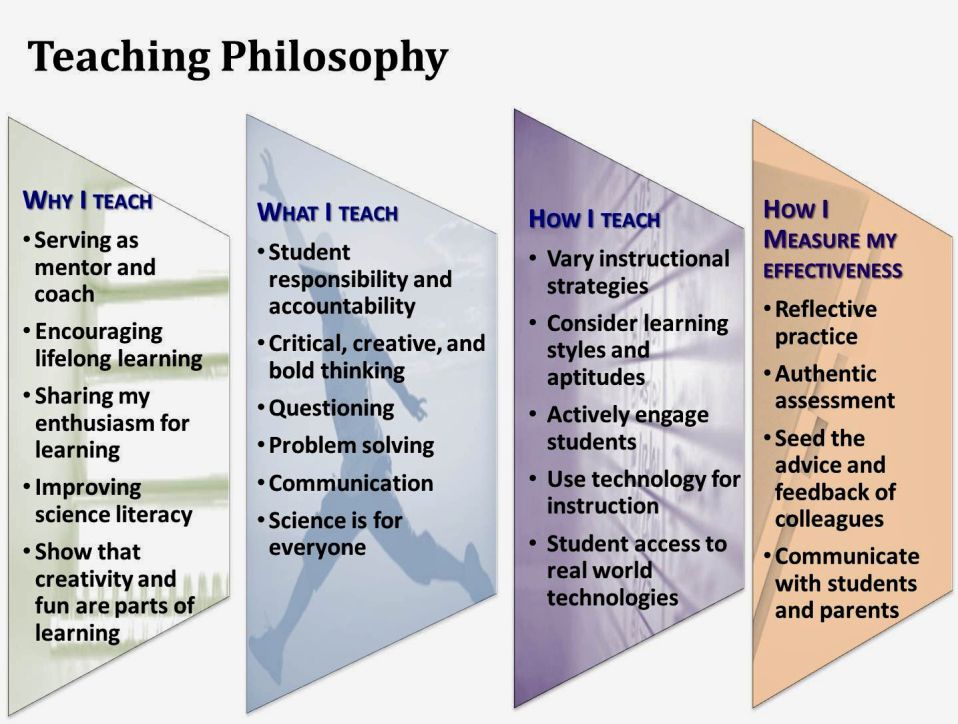
- Repeat your child's strings of sounds (e.g., "dadadada, bababa") and add to them.
- Talk to your child during daily routine activities such as bath or mealtime and respond to their questions.
- Draw your child's attention to print in everyday settings such as traffic signs, store logos, and food containers.
- Introduce new vocabulary words during holidays and special activities such as outings to the zoo, the park, and so on.
- Engage your child in singing, rhyming games, and nursery rhymes.
- Read picture and story books that focus on sounds, rhymes, and alliteration (words that start with the same sound, as found in Dr. Seuss books).
- Reread your child's favorite book(s).
- Focus your child's attention on books by pointing to words and pictures as you read.
- Provide a variety of materials to encourage drawing and scribbling (e.g., crayons, paper, markers, finger paints).
- Encourage your child to describe or tell a story about their drawing and write down the words.
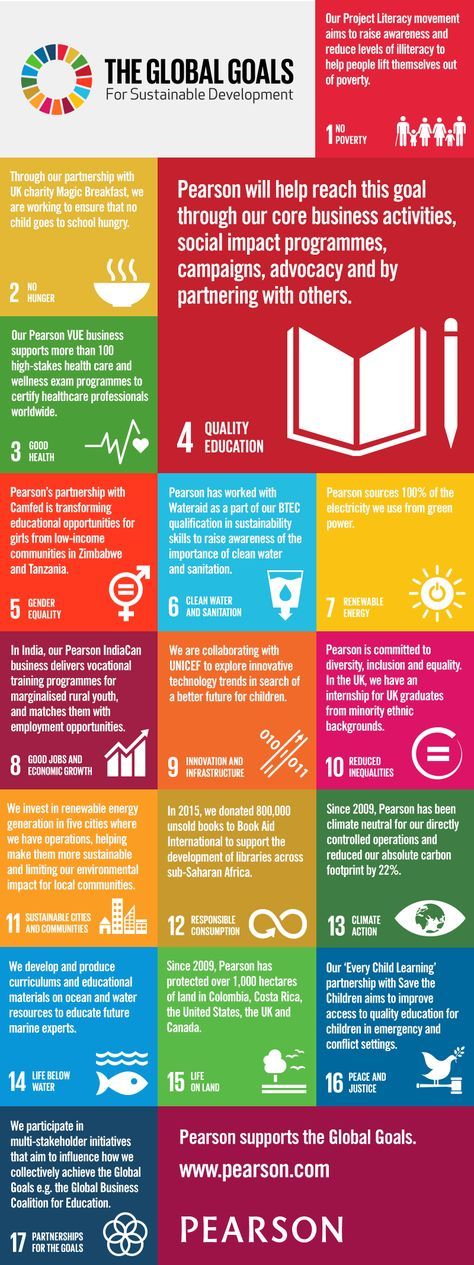
If you have concerns about your child's speech and language development or emergent literacy skills, please contact a certified speech-language pathologist. Go to ASHA's Web site at www.asha.org for more information and referrals, or call 800-638-8255.
Six habits of early literacy | Multnomah County Library
Young children need a variety of skills to become successful readers. The Reading Experts Group has identified six specific early literacy skills that are the foundation for further development of reading and writing skills. Research shows that the more of these skills children have when they first enter school, the better they understand reading guidelines in school.
Vocabulary
Vocabulary, that is, knowing the names of different things, is an extremely important skill that children need when they are learning to read. Most children, when they come to school, know between 3,000 and 5,000 words. Help expand your child's vocabulary by reading a variety of books, both fiction and non-fiction, and by naming everything the child sees around.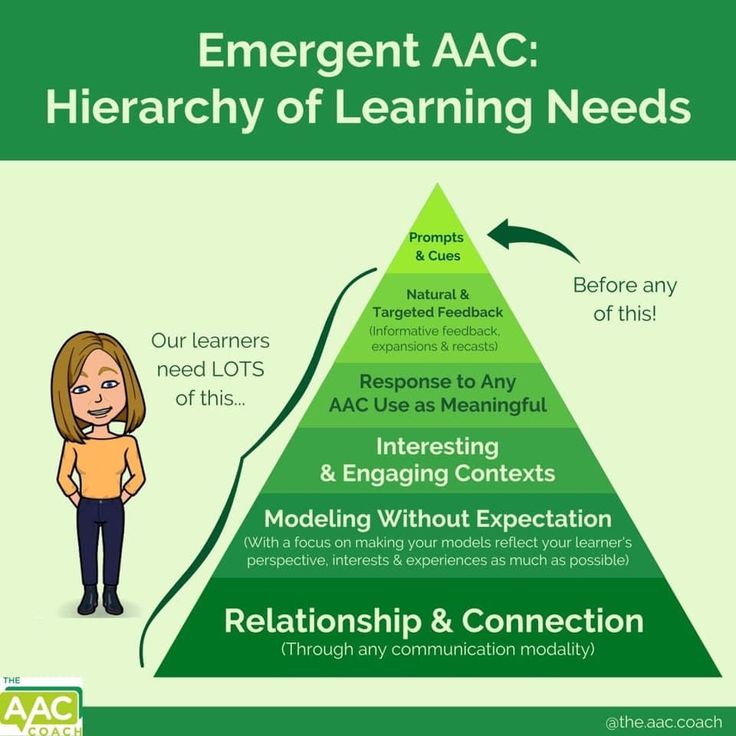
Craving for the printed word
Craving for the printed word is the child's interest in books and the pleasure he gets from reading books. A child with a craving for the written word likes to be read to, plays with books, pretends to write, asks to be read to, and loves to go to the library. Cultivate this love of books in your child by turning book reading into a special ritual, giving your child access to books and letting him know that you also like to read. Explain how you use reading in your daily life.
Understanding the concept of writing
Understanding the concept of writing includes knowing that writing in English follows certain rules, such as writing from left to right and top to bottom, and that people who can read read the printed text on the page. An example of understanding the concept of writing is a child's ability to point to individual words on a book page. Your child's understanding of the concept of writing can be developed by pointing to words and reading them aloud wherever you see them - on signs, on labels, in grocery stores and in the mail.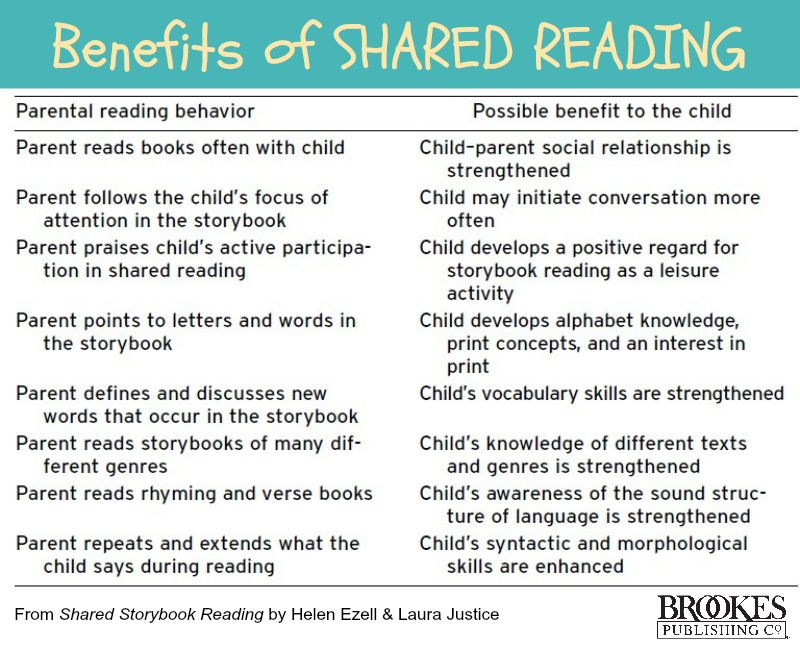
Storytelling skills
Storytelling skills, that is, the ability to understand and tell stories and describe things, are important for a child to understand what they are learning to read. An example of a storytelling skill is a child's ability to tell what happened at a birthday party or when they went to the zoo.
Help your child develop their storytelling skills by asking them to tell you about a book instead of just listening to you read it. Regularly ask your child to tell you about what he did.
Letter knowledge
Letter knowledge refers to knowing that letters have names and that they are different from each other, and that certain letters correspond to certain sounds. Letter knowledge is when a child can say what the letter B is called and what sound it corresponds to.
Letters can be developed through many fun activities that include reading and writing; for example, you can point to letters in the alphabet, in picture books or on signs and labels and name them. Talk with younger children about the shape of objects, and with preschoolers, you can try drawing letters and pictures in the sand.
Talk with younger children about the shape of objects, and with preschoolers, you can try drawing letters and pictures in the sand.
Understanding the concept of sounds
Understanding the concept of sounds is the ability to hear and manipulate the individual sounds that make up words. Understanding the concept of sounds includes the ability to hear and create rhymes, to speak words while skipping certain sounds or parts of words, and the ability to put two parts of a word together. Most children who have trouble reading also have difficulty understanding the concept of sounds.
Develop your child's understanding of sounds by playing fun word games:
- Think of funny words by replacing the first sound in a word: wolf, regiment, talk, folk, rolk.
- Say the words, pausing between syllables ("cro-" and "-lik"), and have your child guess which word you are saying.
- Read poems with rhymes or different sounds to your child.
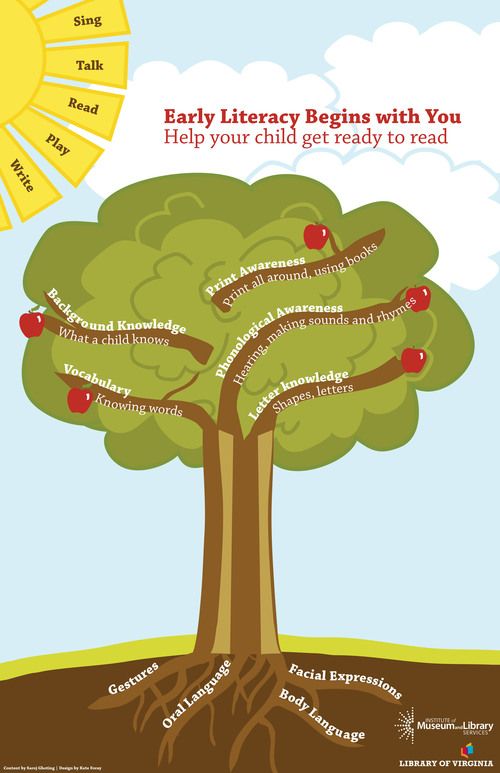
Formation of functional literacy in the lessons of the Russian language - article - Corporation Russian textbook (Drofa-Ventana publishing house)
Why is functional literacy needed? It may seem to many that this competence appeared in the educational program in a “banal way”, following the global monitoring of PISA. In fact, the processes are much more global and are explained by the changes taking place all over the world. And in order to live in this complex and fast reality, today's schoolchildren will need new skills, knowledge and skills. Let's take a closer look at the reasons for the necessary changes.
The changing world of VUCA: instability, uncertainty, complexity, originality.
- Environmental changes. Climate change and natural resource depletion require urgent action.
- Economic changes . Scientific knowledge creates new opportunities and solutions to problems. But they also create destructive waves of change in all areas.
 Innovations in science and technology, such as the creation of artificial intelligence, raise fundamental questions of metaphysics and morality: “what does it mean to be human?”, “what is human?”.
Innovations in science and technology, such as the creation of artificial intelligence, raise fundamental questions of metaphysics and morality: “what does it mean to be human?”, “what is human?”. - Financial changes . Interdependence at the local, national and regional levels has created a global economy. Data is created, used and shared on a massive scale. New questions about privacy protection and cybersecurity are emerging.
- Social changes. As the world's population continues to grow, migration, urbanization and growing cultural, social, national diversity are changing communities, their connections, the countries themselves and their cultural code. Inequality is increasing in the world.
We cannot predict what professions will be needed in the future, what professional and applied skills today's schoolchildren will need to build a successful trajectory for their development. But to strengthen their position in a future world of instability, we certainly can and must train them in functional literacy.
Source: Education Quality Assessment Center
Functional literacy - what is it?
The global changes taking place in the world also require global competencies. Functional literacy includes:
- Math
- Financial
- Natural Science
- Global competencies
- Reader - add webinars
- Critical Thinking
“Functional literacy today is the basic education of the individual. It is important for a child to have:
- Willingness to successfully interact with the changing world around;
- The ability to solve various (including non-standard) educational and life tasks;
- The ability to build social relationships;
- A set of reflective skills that provide an assessment of one's literacy, the desire for further education.
Russian educator, corresponding member of the Russian Academy of Education Natalya Fedorovna Vinogradova, publication “Functional literacy of younger students: a book for teachers”
“A functionally literate person is a person who is able to use all the knowledge, skills and abilities constantly acquired throughout life to solve the widest possible range of life tasks in various areas of human activity, communication and social relations.
”
Aleksey Alekseevich Leontiev, Academician of the Russian Academy of Education, publication “School 2100. Pedagogy of Common Sense”
Functional reading
Reading, the purpose of which is to find information for solving a specific problem. Functional reading involves the possession of the following skills:
- Information search
- Reading comprehension - here we are talking about meaningful reading
- Working with the information received (assessment, interpretation) - here we are talking about critical thinking.
- Application of information to solve their problems.
All these skills are formed from early childhood, their level depends on preschool development, the influence of parents and teachers, the school curriculum and the person himself.
Global competencies
In order to be able to form global competencies at school, it is necessary to answer the following questions:
- To what extent are school graduates ready to live and work in a society in which intercultural and other (social, gender) diversity is manifested in the context of globalization?
- How do students perceive global news, understand and critically analyze global problems and problems of interaction between cultures?
- What approaches to teaching about diversity and the interplay of culture and globalization are already being used in schools? What can be used?
- What approaches are used to organize the joint work of students from different cultures?
The core values of such globalization are human dignity and cultural diversity.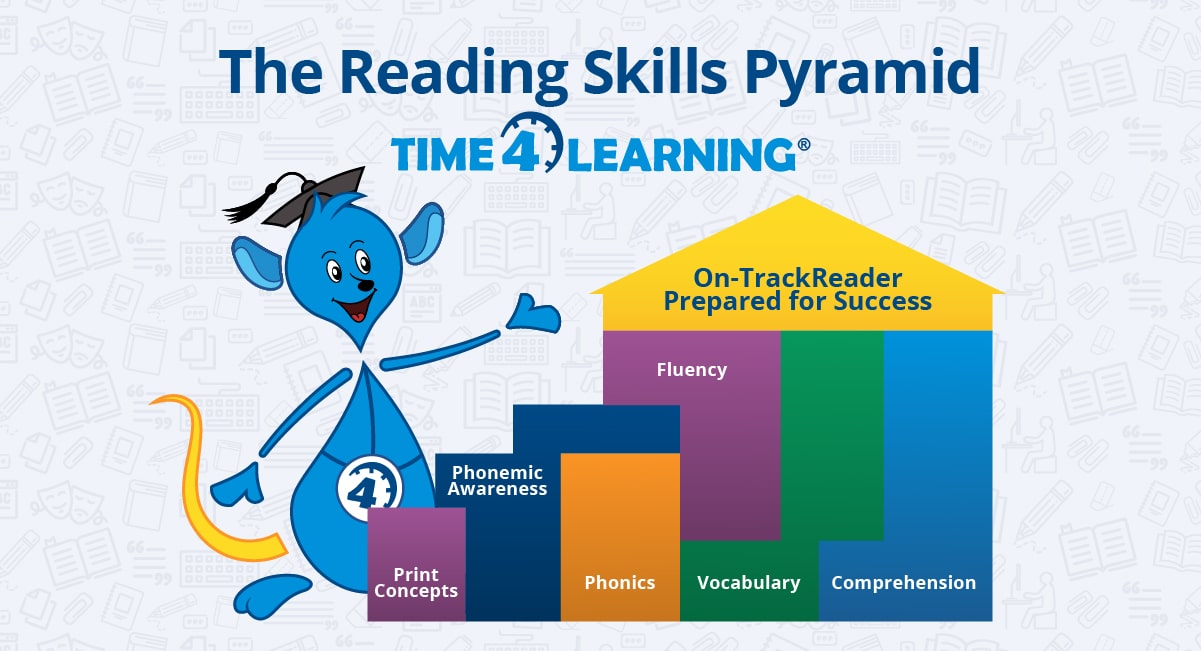 It is worth noting that all of the listed issues, values, as well as the skills themselves, are reflected in the Federal Standards. You can learn more about the topic on the website of the Institute for Education Development Strategy of the Russian Academy of Education - Center for Education Quality Assessment.
It is worth noting that all of the listed issues, values, as well as the skills themselves, are reflected in the Federal Standards. You can learn more about the topic on the website of the Institute for Education Development Strategy of the Russian Academy of Education - Center for Education Quality Assessment.
Creative thinking
Creative and innovative thinking is a kind of thinking that leads to insights, new approaches, fresh views, it is a new way of understanding and seeing things. Creative thinking products include observable things such as music, poetry, dance, dramatic literature, and technical innovations.
Communication, collaboration, creativity and critical thinking - these "4K" competencies "are talked about a lot, but few have seen them." However, the requirement to develop "high-level skills" has already become part of the educational standards in Russia and in most developed countries. The main question that is hotly discussed in the pedagogical environment is how to develop and evaluate soft skills in schoolchildren?
Answers and practical recommendations are presented to teachers in a new book published by the Sberbank Charitable Foundation Contribution to the Future in partnership with the Russian Textbook Corporation.
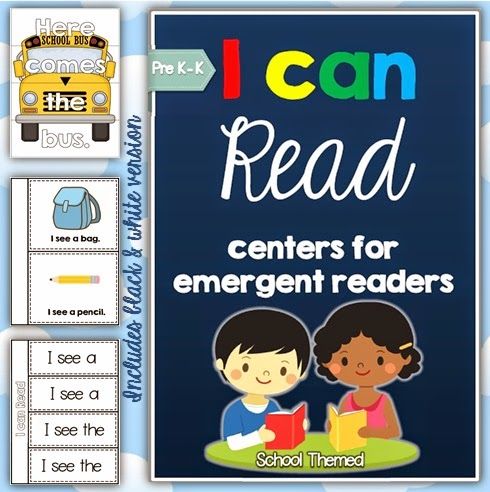
Model B. Lucas. Source: Manual " 4K competencies: formation and assessment in the classroom. Practical recommendations"
Components of creative thinking:
1. Curiosity (active interest in the task)
- Interest in the world around and desire to learn more about it;
- Independent search for answers to your own questions. Active search for new information (including in unexpected sources).
2. Creation of ideas (imagination). Producing own ideas:
- Originality of the proposed ideas;
- Flexibility or mobility;
- Ability to produce a large number of ideas.
3. Development of the proposed ideas:
- Evaluation of proposed ideas from different positions and search for their strengths and weaknesses in order to improve the idea or reject it;
- The ability to quickly reorganize their activities in changing conditions and with the emergence of new information about the object of study.

Tasks for the formation of creative thinking
The PISA study relies on well established evidence that there are significant differences in creative tasks in at least three areas:
- Verbal expression
- Artistic Expression
- In the field of solving social, natural science and mathematical problems.
The adoption of such a position predetermines the composition of tasks, among which the following groups stand out:
- Tasks requiring the use of artistic means - verbal and visual
- Tasks for solving problems - social and scientific.
Tasks in the course of the Russian language, leading to the level of development of creativity and functional literacy
The verbs from the right column will help teachers formulate tasks aimed at developing the necessary skills in children. You can find more details about the tasks based on Bloom's Pyramid here: http://www. lfond.spb.ru/programs/likhachev/100/lessons/book/ilushin1.pdf.
lfond.spb.ru/programs/likhachev/100/lessons/book/ilushin1.pdf.
1. Functional literacy in new Russian language textbooks
Before you is the UMK, edited by M.M. Razumovskaya, 7th grade, topic "Characteristics of a person." The tasks of the textbook help to form the skills of searching and evaluating various information in children.
Task: use a variety of Internet materials a , make a small characterization of Yu. A. Senkevich. Try to reflect in it not only important information about his life, but also the bright features of his character.
Let us note that in the same textbook of 2000 the wording of the above task is extremely simple: “Read the text ... tell about the features of this person ...”, and with its help it is impossible to form high-level thinking skills. This testifies to the need for a timely transition to new reissues of that meet both new standards and the current challenges of our time.
A similar example demonstrating to us the appearance in the textbooks of a new generation of modified tasks aimed at developing functional literacy is in the textbook of the Teaching Methods by V.V. Babaitseva, 5th grade.
On the right - a new task with extended functionality
Here is an example of a practice-oriented task. Students work independently, must search in open sources, learn to reason and think creatively, outside the box. The task is recommended to be completed with the help of the National Corpus of the Russian Language service. On the basis of the sources found in the NRC, you can build a whole research work.
2. Independent work
Before us is the textbook UMK M.M. Razumovskaya, 9th grade. This manual has created a rubrication that is relevant for the formation of functional literacy:
- Learning to read and understand linguistic text
- Learning to speak on a linguistic topic
- Arguing on a linguistic topic
- We are preparing a project work on a linguistic topic
- Learning to edit essay
All these rubrics are "guides" for students, improve their understanding of the task, allow them to ask themselves questions that contribute to an in-depth understanding of the subject.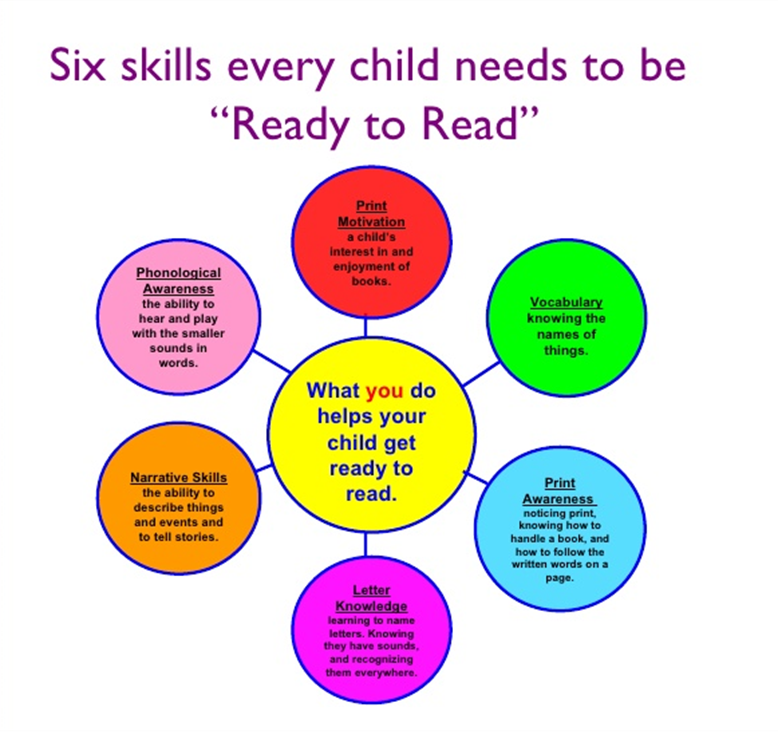
Many of the tasks include mandatory group work, pair work (right picture), which further develops communication skills, empathy and the ability to cooperate.
3. Learning to collect and organize information
In the textbook for 6th grades of teaching materials M.M. Razumovskaya also has its own rubricator that meets the requirements for modern UD and skills:
- Learning to determine style by speech situation
- Learning to use language means taking into account the speech situation
- Learning to conduct a semantic analysis of the text
- Learning to retell, keeping the features of the style of speech
- Creating Text of a Specific Speech Style
As you can see in the left image with task 166, there are 4 interactive green buttons in the right field: this is the functionality of the EFU, which is laid out on the LECTA platform. If you are not yet familiar with its functionality, register and use the promo code for 5 free EFUs - 5books.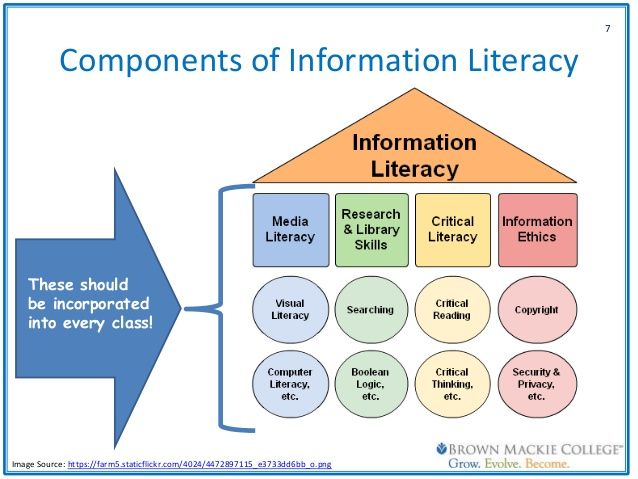
4. Life tasks. Group work
To motivate children, as well as to develop functional literacy, Russian language textbooks welcome tasks that are built on modern journalistic material. For example, in the textbook for the 5th grade of teaching materials A.D. Shmelev has texts that reflect the hobbies of modern schoolchildren.
The task itself is creative in nature: it is proposed to write an article about surfing, adding your own suggestions to the text, as well as other information about this sport. Group work involves searching or even creating additional illustrations for the text.
5. Project and group work
It is important to give children creative tasks to develop creative thinking. For example, in a textbook from Shmelev's teaching materials for grade 5, it is proposed to come up with comic couplets and beat words. It is obligatory to work in pairs to share the results of creativity and develop communication skills.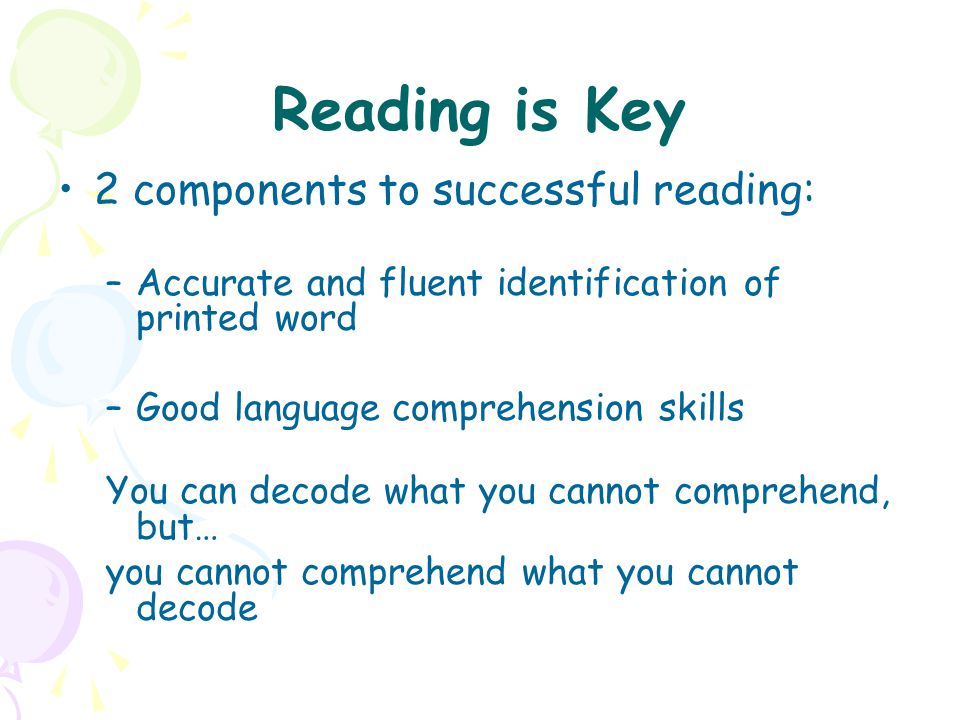
The task below suggests the development of not only creative thinking, but also global competencies: there is an appeal to regional traditions, student research activities, and oral history.
To complete such tasks, we especially recommend the Internet project "Regional Features of Russian Speech": study it in order to invite schoolchildren to complete work according to the model.
6. Selection of texts from different scientific fields
Before us is an exercise that introduces children to other professions. Based on the text, a system of tasks and exercises is given. Taking into account the relevance of the topic of career guidance in high school (textbook for grade 10, T.M. Pakhnova’s teaching materials), the subject “Russian language” itself becomes a guide to the world of solving practical, applied problems.
7. Working with texts of different nature
It is important that the student be able to successfully interact not only with continuous texts: materials for dictations, exercises, texts for reading.